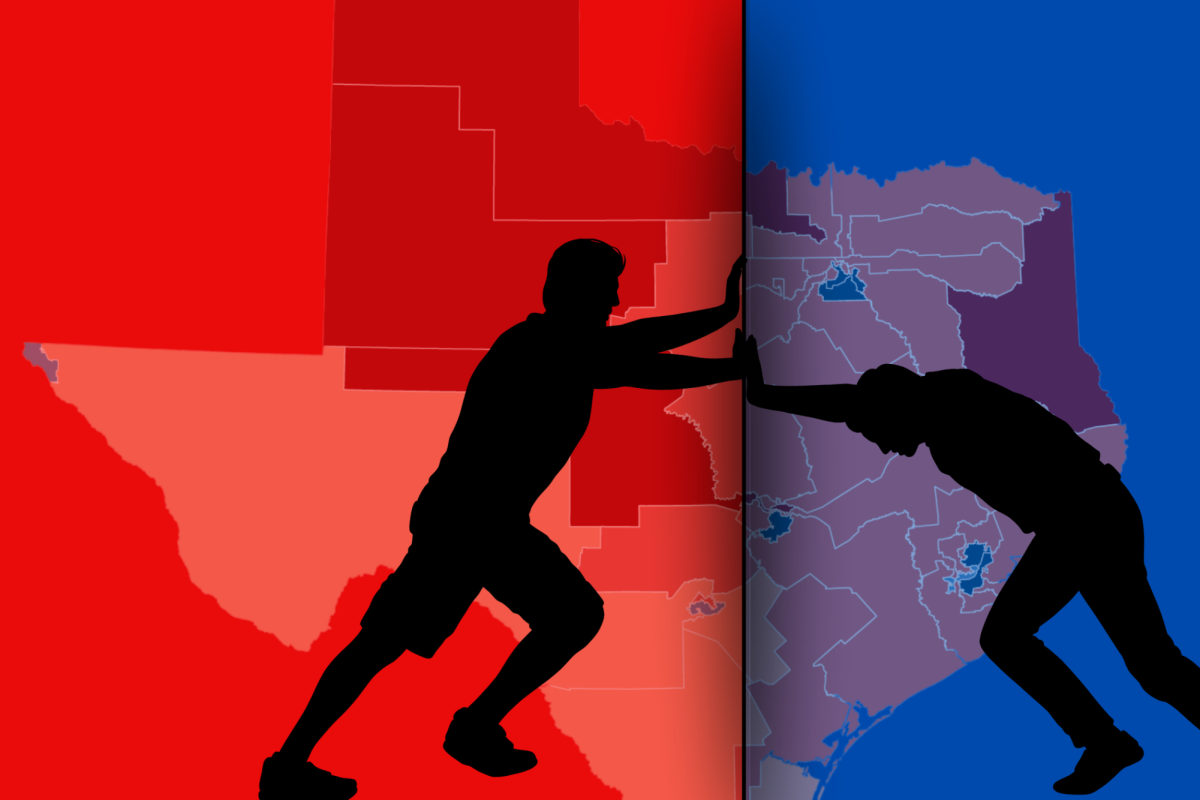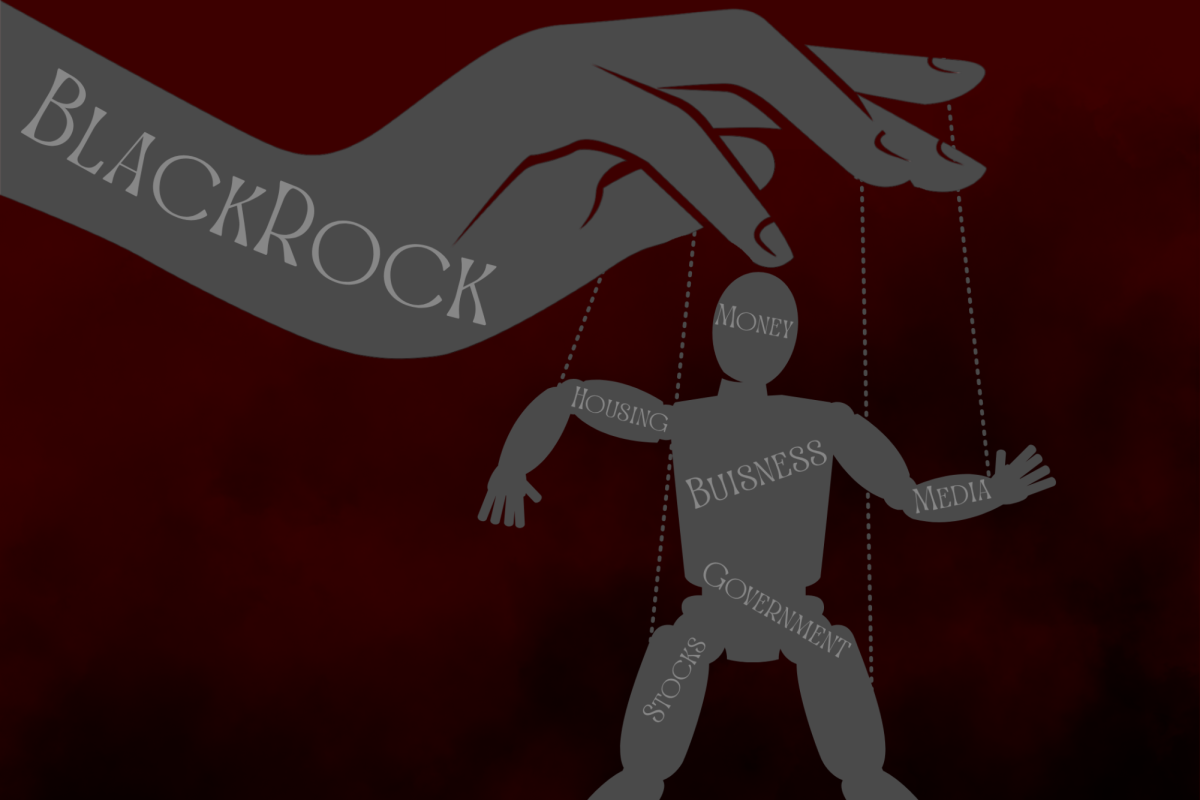Texas Governor Greg Abbott officially signed a redistricting bill that heavily favors republicans into law on Friday, August 29, according to The Guardian.
Following the controversial congressional map change that created five new Republican-leaning seats that were previously occupied by Democrats, several states are expected to follow in Texas’ footsteps.
MSNBC News pointed out that “the drawing of district lines… is typically a cyclical affair that starts at the beginning of each decade, after the U.S. Census Bureau releases updated population figures.”
However, one must realize this year’s redistricting efforts are far from the typical, considering the current political climate.
To expand, CNN News reported “President Donald Trump [pushed] for Texas Republicans to act, saying on Truth Social Monday evening, ‘Please pass this Map, ASAP. THANK YOU TEXAS — MAKE AMERICA GREAT AGAIN!”
Undoubtedly, a nationwide redistricting effort has been triggered by Trump’s push for redrawing congressional lines ahead of 2026 midterm elections.
Following Abbott signing the bill, some states have considered creating their own altered maps.
In fact, ABC News compared the efforts of “Republicans in Indiana, Missouri, and Florida… [discussing] the possibility of reworking their maps ahead of the 2026 midterms” to a “redistricting arms race.”
Additionally, governors in Illinois, New York, and Maryland – which are all reliably blue states – have also talked of doing the same.
One Democratic state quickly turned talk into action: “Both [California’s] state Assembly and Senate approved three pieces of the Election Rigging Response Act legislative package, which include a proposed constitutional amendment and two separate bills that lay out the logistics for the special election and map proposal,” said The Hill.
On August 21, California Governor Gavin Newsom signed the proposed package, dubbed Proposition 50, also called the Election Rigging Response Act.
The proposal – which could recover the five lost democrat seats by altering California’s own maps – will go into effect if approved by voters in an election on November 4.
The Hill reported “Newsom said… ‘We’re responding to [Texas]. They fired the first shot.’ ”
The intention shared by Democrats and Republicans to “increase the chances that their party can win control of the House next year” is understandable,” said The Hill.
However, whether or not the state can actually attempt gerrymandering – the drawing of congressional maps for partisan gain – depends on the state’s own rules and laws.
To expand, ABC News said, “Republicans have more opportunities across the map to gerrymander House districts than Democrats. In most states where Democrats are in control… there are legal and constitutional barriers to revisiting their maps in the middle of the decade.”
The new maps some states have proposed have provoked several lawsuits.
In fact, “Texas’s redrawn congressional maps have drawn a lawsuit from the [National Association for the Advancement of Colored People (NAACP)], accusing the state of committing a racial gerrymander with its maps that strip Black voters of their political power,” said The Guardian.
In addition to resulting lawsuits, several political figures have spoken against the intention to redraw political districts.
“That is chaotic. It’s incredibly disruptive, and it harms the very idea of representative government,” said California Republican House Member Kevin Kiley.
Along with Kiley, several other political figures have spoken up, including Newsom and House Minority Leader Hakeem Jeffries.
In an interview with NPR News, Jefferies said “Donald Trump and House Republicans have decided to launch a redistricting war as part of their effort to try to rig the midterm elections… because they have failed to govern in a manner that makes life better for the American people.”
As well as vocally protesting, several Texas Democratic Lawmakers intentionally left the state to postpone voting.
CBS News reported, “Dozens of Texas House Democrats fled to blue states earlier this month after President Trump suggested the state should redraw its U.S. House district maps to secure more Republican seats.”
While the two-week walkout was eventually concluded on Monday, August 18, the Democrats were able to successfully deny Abbot’s session for a couple weeks by not making the quorum; which is the minimum number of representatives required to make an assembly proceedings valid.
Regardless, it’s no surprise that several politicians have spoken up recently considering how prominent this issue has been in the news lately.
NPR News said “Critics say the best way to end redistricting fever is to ban states from redrawing lines mid-decade.”
However one must note, this seemingly random redistricting effort isn’t a new trend- it’s just the extent of the changes and the United State’s current political environment that has caused many individuals to pay closer attention than ever before.





























































